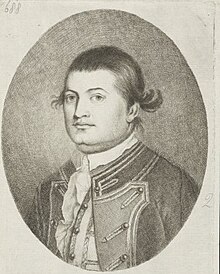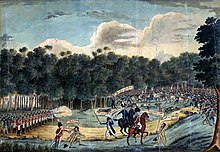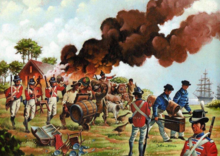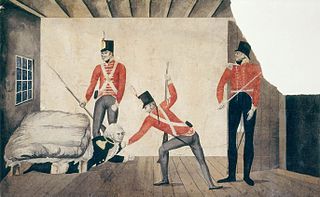
The Rum Rebellion of 1808 was a coup d'état in the then-British penal colony of New South Wales, staged by the New South Wales Corps in order to depose Governor William Bligh. Australia's first and only military coup, its name derives from the illicit rum trade of early Sydney, over which the 'Rum Corps', as it became known, maintained a monopoly. During the first half of the 19th century, it was widely referred to in Australia as the Great Rebellion.

Philip Gidley King was a British politician who was the third Governor of New South Wales.
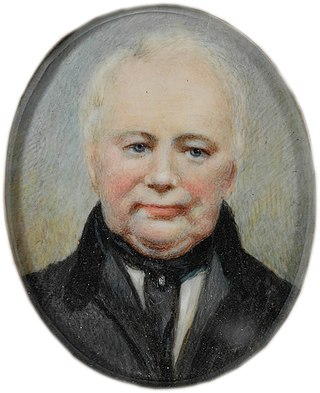
William Lawson, MLC was a British soldier, explorer, land owner, grazier and politician who migrated to Sydney, New South Wales in 1800. Along with Gregory Blaxland and William Wentworth, he pioneered the first successful crossing of the Blue Mountains by British colonists.

Major General Lachlan Macquarie, CB was a British Army officer and colonial administrator from Scotland. Macquarie served as the fifth Governor of New South Wales from 1810 to 1821, and had a leading role in the social, economic, and architectural development of the colony. He is considered by historians to have had a crucial influence on the transition of New South Wales from a penal colony to a free settlement and therefore to have played a major role in the shaping of Australian society in the early nineteenth century.

General Sir Charles James Napier, was an officer and veteran of the British Army's Peninsular and 1812 campaigns, and later a major general of the Bombay Army, during which period he led the British military conquest of Sindh, before serving as the governor of Sindh, and Commander-in-Chief in India.
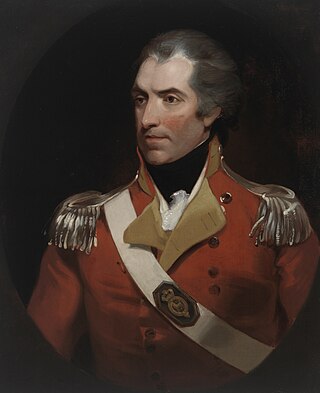
Colonel William Paterson, FRS was a Scottish soldier, explorer, Lieutenant Governor and botanist best known for leading early settlement at Port Dalrymple in Tasmania. In 1795, Paterson gave an order that resulted in the massacre of a number of men, women and children, members of the Bediagal tribe.

John Macarthur was a British Army officer, entrepreneur, landowner and politician who was a highly influential figure in the establishment of the colony of New South Wales. He was also a pioneer of the Australian Merino wool industry, and was instrumental in agitating for, and organising, a rebellion against Governor William Bligh in what is now termed as the Rum Rebellion in January 1808.
John Townson was an army officer and settler in the colony of New South Wales. He entered the 18th Regiment of Foot in 1779 and was part of the Gibraltar garrison. He transferred to the New South Wales Corps in October 1789 and arrived in Sydney on the Second Fleet ship Scarborough in June 1790.

Esther Abrahams was a Londoner sent to Australia as a convict on the First Fleet. She was de facto wife of George Johnston, who was for six months acting Governor of New South Wales after leading the Rum Rebellion. They later married legally, in 1814.
The following lists events that happened during 1792 in Australia.
The following lists events that happened during 1794 in Australia.
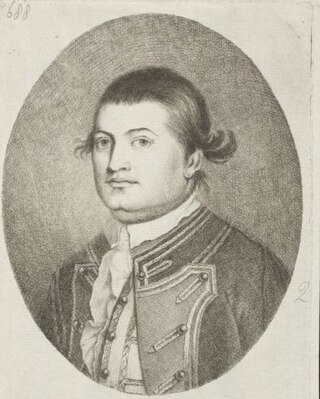
Lieutenant-General Francis Grose was a British soldier who commanded the New South Wales Corps. As Lieutenant Governor of New South Wales he governed the colony from 1792 until 1794, in which he established military rule, abolished civil courts, and made generous land-grants to his officers. He failed to stamp out the practice of paying wages in alcoholic spirits, with consequent public drunkenness and corruption. Although he helped to improve living conditions to some degree, he was not viewed as a successful administrator.
The following lists events that happened during 1808 in Australia.

Lieutenant-Colonel George Johnston was a British military officer who served as Lieutenant-Governor of New South Wales, Australia after leading the rebellion later known as the Rum Rebellion. After serving as a young marine officer in the American Revolutionary War, Johnston served in the East Indies, fighting against the French, before volunteering to accompany the First Fleet to New South Wales. After serving as adjutant to Governor Arthur Phillip, Johnston served in the New South Wales Corps and he was a key figure in putting down the Castle Hill convict rebellion in 1804. He led his troops in deposing Governor Bligh in the Rum Rebellion in 1808; which led to his court martial and subsequent cashiering from military service. In his later life, he returned to New South Wales as a private citizen, raising a family in the colony and establishing a successful farm around Annandale in Sydney.
Anthony Fenn Kemp was a soldier, merchant and a deputy judge advocate of the colony of New South Wales. He was one of the key participants in the "Rum Rebellion" that removed William Bligh, the appointed governor of the colony, and established an interim military government. He was later permitted to settle in Van Diemen's Land and became a successful merchant and farmer there.
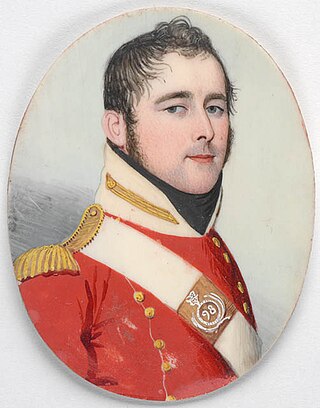
Thomas Laycock was an English soldier, explorer, and later businessman, who served in North America during the War of 1812, but is most famous for being the first European to travel overland through the interior of Tasmania.
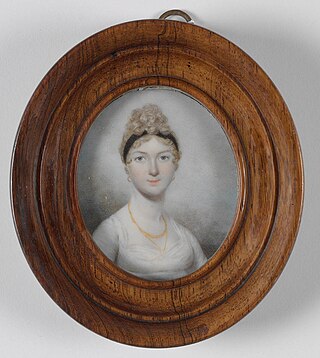
Mary Bligh, Lady O'Connell (1783–1864) was the Lady of Government House, New South Wales, Australia during the period her father William Bligh was the Governor of New South Wales.
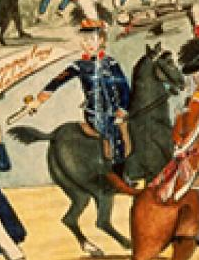
The Governor's Body Guard of Light Horse was a military unit maintained in the Colony of New South Wales between 1801 and 1834, and reputedly the "first full-time military unit raised in Australia". It was established by Governor Philip Gidley King by drawing men from the New South Wales Corps, the British garrison in the colony. Normally consisting of one or two non-commissioned officers and six privates, the Guard provided an escort to the governor and carried his despatches to outposts across the colony. From 1802, the men of the Guard were drawn from convicts pardoned by King. Men from the unit were deployed during the Castle Hill convict rebellion of 1804 and a trooper of the Guard assisted in the capture of two of the rebel leaders.

From the late 1700s until the end of the 19th century, the British Empire established, expanded and maintained a number of colonies on the continent of Australia. These colonies included New South Wales, Van Diemen's Land, Western Australia, South Australia, Victoria and Queensland. Many of these were initially formed as penal settlements, and all were built on land occupied by Indigenous Australians. In order to keep the large number of transported convicts under control, enforce colonial law and fight the Australian frontier wars, British military elements, including the British Army, were deployed and garrisoned in Australia. From 1790 to 1870 over 30 different regiments of the British Army consisting of a combined total of around 20,000 soldiers were based in the Australian British colonies.

Captain William George Carlile Kent was an officer in the Royal Navy, who was involved in the early settlement of the Colony of New South Wales, Australia.
